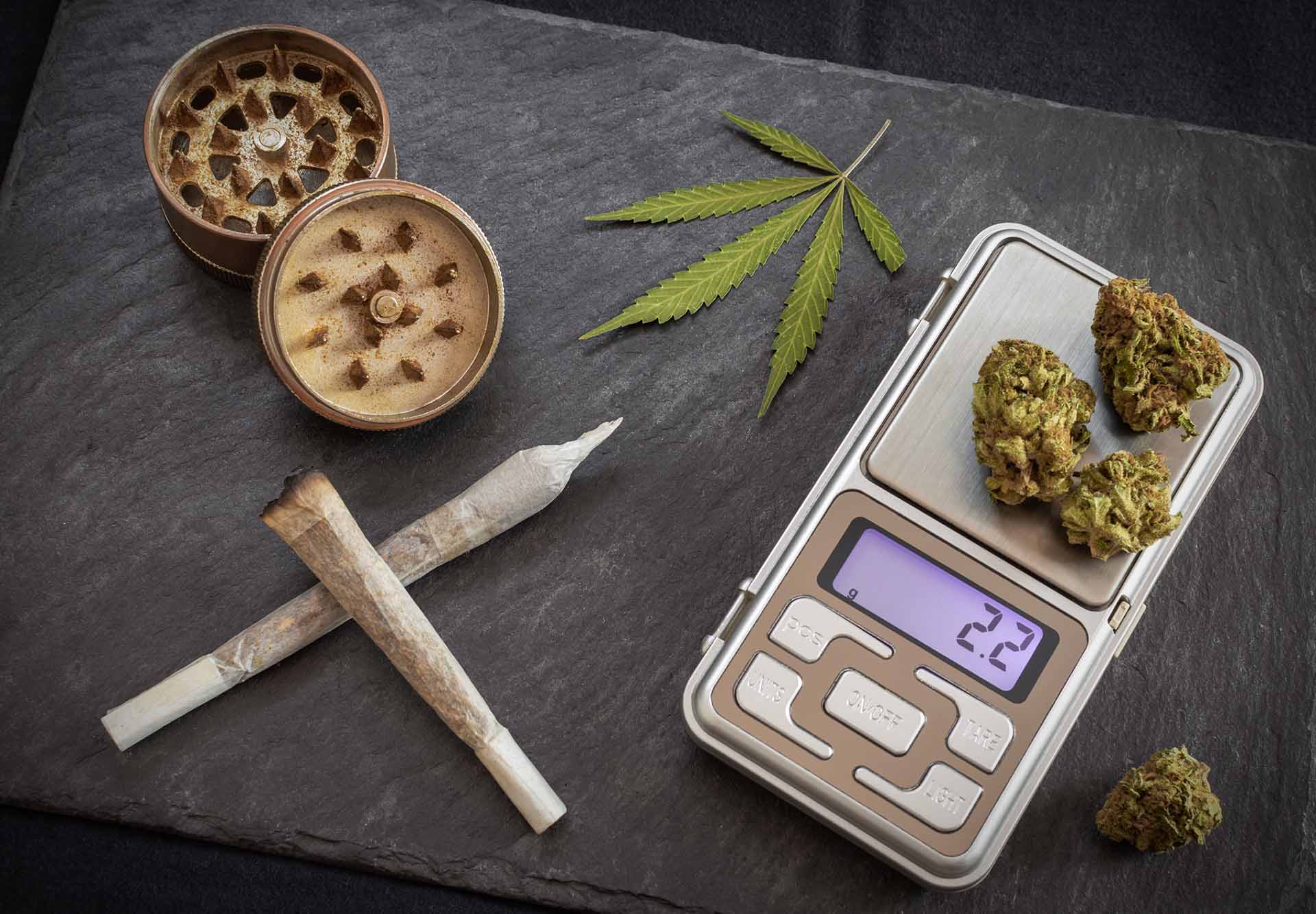Global Task Force
The 20 member international task force includes medical professionals from North America, Brazil, Europe, Australia and Africa. It was led by Dr. Arun Bhaskar of the Imperial College Healthcare NHS Trust Pain Management Centre in London, UK. The members bring many decades of clinical experience working with medical cannabis. They include primary care physicians, pediatric physicians, oncologists and many others.

The main goal for these new guidelines is to provide instructions for clinicians on how to administer and dose medical cannabis. According to the task force members, the following reasons explain the need for the guidelines: Many medical professionals have a very limited understanding of medical cannabis treatment as an alternative to opioids.
It is important for chronic pain sufferers to have access to medical cannabis as an alternative treatment option.
The establishment of new guidelines are very timely in regards to positively impacting the ongoing global opioid crisis. Many medical professionals are aware that medical cannabis may be just as effective and a safer treatment option for chronic pain as opioids. But, due to the lack of accepted guidelines for dosing and administration, many are reluctant to recommend it. Even worse are those who recommend medical cannabis without knowing how patients can dose safely and effectively.
Guidelines for Dosing and Administration of Medical Cannabis in Chronic Pain
Chronic pain patients can be treated with medical cannabis by following the following 3 protocols, based on individual patient characteristics. As is widely known and accepted, tailoring the dose, delivery method and strain of medical cannabis to the individual is crucial for its success as a treatment option.
The Delphi process was used to determine the guidelines. It is a process used to arrive at a group opinion or decision by surveying a panel of experts.
- Experts respond to several rounds of questionnaires, and the responses are collected and shared with the group after each round.
- The experts can modify their answers after each round, based on how they interpret the “group response” provided to them.
- The ultimate result is meant to be a true consensus of what the group thinks.
3 Protocols
- Routine scale, to be used for the majority of patients. Start patients with 5 mg of CBD twice a day. THC should only be introduced after patients fail to respond to at least 40 mg of a daily dose of CBD. The protocol for the introduction of THC is at 2.5 mg a day. The cap should be at 40 mg daily.
- Frail and elderly patients and those with extreme co-morbidity or those taking several different medications should start with THC doses of 1 mg a day and increase it slowly.
- Those experiencing severe pain and those with considerable prior cannabis usage should start with a 1:1 CBD:THC dose of between 2.5-5mg per each cannabinoid once or twice daily.
The recommendation is to start with CBD in the majority of cases as their experience has been that many patients benefit solely from CBD.
Delivery Method Recommendation for Medical Cannabis
Oral administration was recommended due to its ease and safety. Oil or capsules are best, but in the case of a particularly painful flare-up, vaping dried flower is also an option.
Pain Conditions For Which Medical Cannabis Should Be Considered
- Neuropathic
- Inflammatory
- Nociplastic
- Mixed pain
Neither a minimum nor a maximum treatment age was set for CBD. Medical professionals have seen some of their best results among geriatric patients and pediatric patients with epileptic seizures. They were unable to come to an agreement on setting a minimum treatment age for THC. That in no way means that they endorse treating minors with THC as the brain of those up to the age of 25 still experiences neuroplasticity.
Contraindications for Medical Cannabis Use
- Pregnant and breastfeeding women
- Those with psychotic disorder
- Those taking anticoagulants, immunotherapy, or the epilepsy medication Clobazam
An agreement by 75% of the task force members was required to adopt these new resolutions which was achieved on the first vote.
Final Words by Task Force Member, Alan Bell
Dr. Alan Bell, University of Toronto, commented that too many opioids are being used, despite the harm they cause and the lack of evidence that they help treat chronic pain. He sees the major barrier to overcoming more wide-spread use of medical cannabis as a knowledge gap. That is the goal for issuing these new guidelines.
Sources:
medpagetoday.com, New Guidelines Issued on Medical Cannabis For Chronic Pain, Ryan Basen, Sept. 30, 2020
painweek.org/conferences/painweek
creakyjoints.org, There Are New Guidelines for Treating Chronic Pain with Cannabis, According to An International Task Force, Sept. 25, 2020
investopedia.com, Delphi Method

